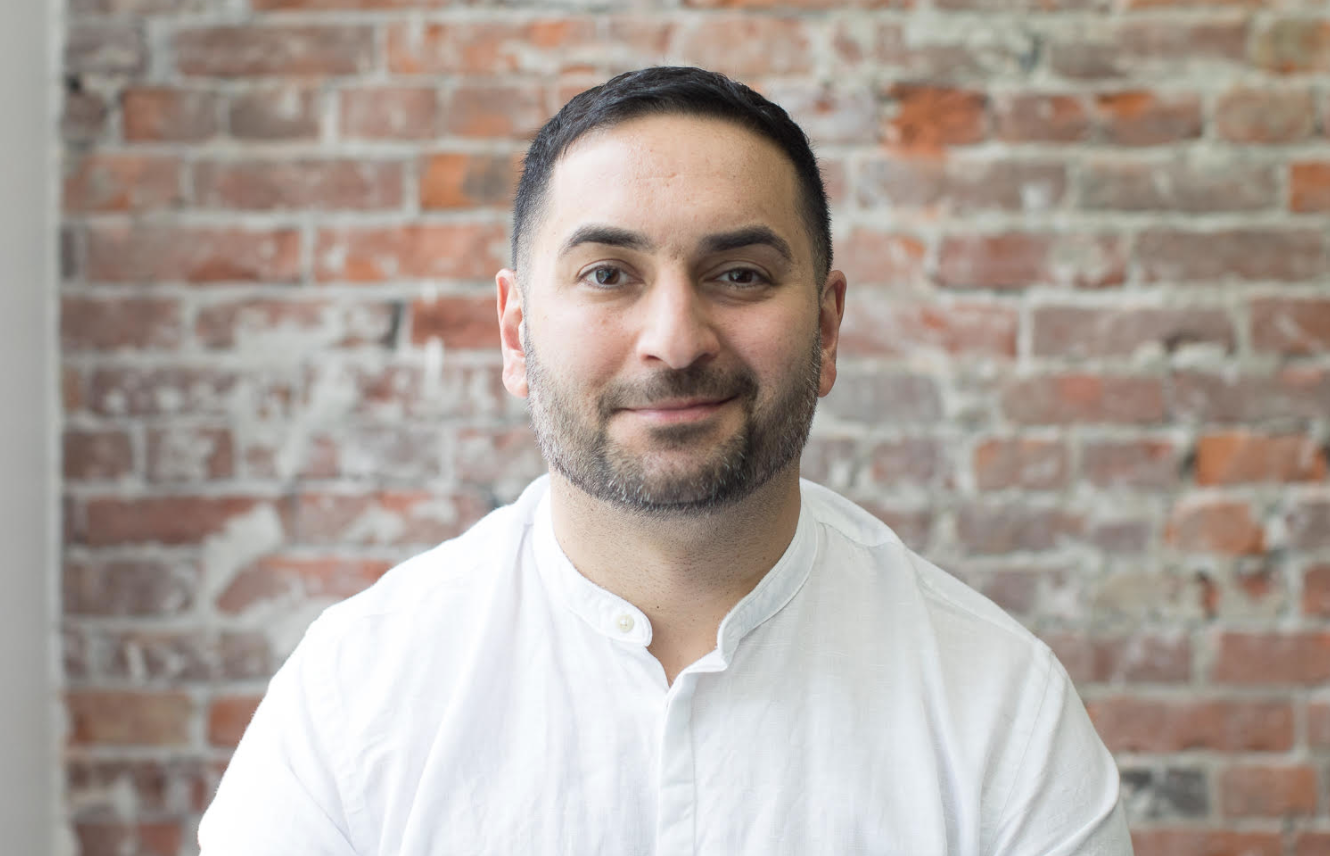I remember being 12, walking the streets of downtown Vancouver with my entrepreneurial uncle. He was pointing out prime retail spots, underused locations, overlooked gems. After two or three blocks, he stopped and quizzed me. “What businesses are missing, Shafin?”
He was always looking for opportunities. As Ismaili refugees from Uganda, my father and his brothers had to make it on their own when they landed in Canada. Fast-forward to the present, and I work with entrepreneurs everyday as an investor and advisor, including many people in the expanding creator economy. What I’m struck by is how many parallels there are between the successful entrepreneurs I know today and the immigrants I grew up with. And the more I think about it, the more it comes down to one idea: necessity.
They’ve been locked out
My family fled Uganda after dictator Idi Amin took control in 1971 and forced Ugandans of Asian descent out of the country.
Many of us eventually settled in Canada, with families to support and no time to waste. My father was a trained pharmacist, but didn’t have the certifications he needed to practice in Canada. While he worked on that, he and his brothers hustled at low-paying jobs and set up their own businesses in Vancouver. I don’t think they ever considered themselves to be entrepreneurs — they were just doing what they had to do.

Many of the most successful entrepreneurs I know today faced distinct but related hurdles. They turned to entrepreneurship, in large part, because they were locked out of opportunities elsewhere. They may have lacked financial resources, family connections or access to a fancy education. So they had to find their own way forward using the tools at hand.
I don’t think it’s any coincidence the creator economy is swelling at the same time that middle class opportunities are shrinking. Older millennials graduated university with tremendous debt and found a depressed job market after the 2008 financial collapse. Gen Z carries a shocking amount of debt for the youngest generation of working age, and is facing a roller coaster job market amid the COVID-19 pandemic. For many of them, home ownership is a pipe dream. All these problems are magnified for young people of color.
Against this backdrop, it’s no surprise to see this new way of working emerge — especially considering women and people of color constitute a significant and growing contingent of the creator economy, i.e. all the people creating content and building personal brands on platforms like Instagram, YouTube, Twitch, et al. As this industry takes shape, power is slowly being transferred from the platforms to the creators, giving them more options for monetization and fan interaction. This, in turn, is opening access to the industry for people all over the world.

They hustle like there is no Plan B
My father spent many 16-hour days going between work and school, while my mother worked to take care of three kids. My uncle put everything he had into his video store, and willed it into success. They all exemplified the so-called “immigrant mentality.” They acted like there was no Plan B — because there wasn’t.
Scratch the surface and you’ll find the same spirit underlies the creator economy. The best creators are tireless hustlers — because they have to be.
Ask any successful YouTuber, Twitch streamer or OnlyFans creator — it’s a grind churning out content, building audiences and finding ways to monetize. Richard Tyler Blevins, better known as Ninja to his legions of fans on Fortnite, built his massive following by streaming himself playing video games at least 12 hours a day, every day.
It’s also no coincidence the creator economy soared during the pandemic. Behind the surge in musicians using platforms like Twitch is the reality that COVID-19 decimated their entire industry. The same goes for journalists on Substack. Long hours sunk into honing their craft is a testament not only to their work ethic, but to the fact that for many of them, there is no backup plan right now.
They are ruthlessly ‘uncomplacent’
Underlying all the challenges my family faced was one constant: gratitude. I saw it in all the adults in my life — an understanding that they were the lucky ones. That manifested itself in a refusal to be complacent. They went from parking cars and cleaning hotels to owning their own businesses and putting their kids through university. They could have stopped at any point and admired how far they’d made it, but they always felt compelled to work harder.
I see that same spirit in so many successful creators today. Forget the cliche of the pampered primadonna. They know perfectly well how lucky they are to be making money doing what they love. They know how many competitors are breathing down their throat. They know they have to continually learn, improve and adapt … or vanish into obscurity.
You see that kind of ruthless uncomplacency in one of the forefathers of the creator economy — Gary Vaynerchuk, a.k.a. GaryVee. A big name today, he started off doing reviews on YouTube of wines sold in his family’s liquor store. He grew a cult following, but didn’t stop there. He went on to start multiple successful ad agencies and even has launched an NFT line that has grossed $85 million in sales.
All of this isn’t to say that passion — even joy — isn’t a part of the formula for entrepreneurial success. But I think it’s an oversimplification to reduce the creator economy to “passion-preneurs.” Like the entrepreneurs from my childhood, so many are driven by necessity — the need to earn a living, support a family, and improve their lives — and by the inability to find this opportunity elsewhere in the current economy. There’s one last thing I see in the creator economy that reminds me of my family’s story: the optimism that things can change for the better.
Shafin Diamond Tejani is the founder and CEO of Victory Square Technologies, which supports technology startups through sustainable growth.
















